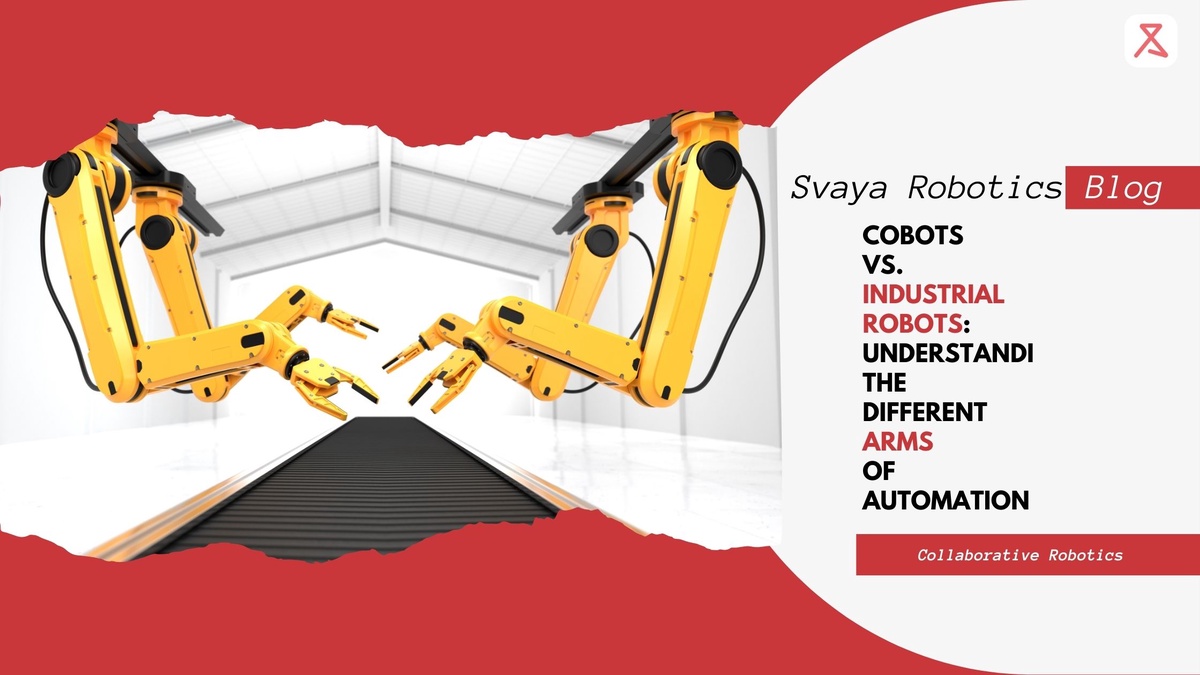In the symphony of modern manufacturing, the whirring gears and rhythmic movements of industrial robots have long held the lead melody. But a new harmony is emerging, orchestrated by the nimble fingers of collaborative robots, or cobots. While both instruments fall under the broad banner of automation robotics, their roles and rhythms differ sharply, each composing distinct movements within the industrial concerto.
Industrial Robots: The Iron Fists of Efficiency
These burly behemoths are the workhorses of the factory floor. Built for strength and precision, they tirelessly churn out repetitive tasks with unyielding accuracy. Their hulking frames house powerful motors and complex programming, enabling them to lift payloads heavier than any human and manipulate materials with unwavering consistency. In the harsh ballet of the assembly line, industrial robots execute pre-defined routines with metronomic regularity, ensuring product quality and maximizing throughput.
However, their stoic efficiency comes at a cost. Industrial robots are typically confined to caged enclosures, isolated from the human workforce due to their sheer power and unwavering focus. Their programming requires specialized expertise, making them inflexible and less adaptable to changing production demands. Like a virtuoso stuck in a single concerto, their prowess lies in unwavering repetition, not improvisation.
Cobots: The Nimble Fingers of Collaboration
Enter the cobots, the fleet-footed counterpoint to their industrial counterparts. These lightweight partners are designed to work collaboratively with humans, sharing the stage rather than commanding it. Smaller and less powerful than their iron-clad cousins, cobots rely on dexterity and adaptability to excel. Their arms, often jointed and flexible, mimic human movement, allowing them to seamlessly integrate into existing workflows. Think of them as the skilled accompanists, gracefully adjusting their pace and rhythm to harmonize with the human lead.
This collaborative nature comes with distinct advantages. Cobots can be easily reprogrammed for new tasks, making them ideal for flexible production lines and small-batch manufacturing. Their safety features, including sensors and limited force capabilities, allow them to work alongside humans without fear of injury, blurring the lines between the human and robotic spheres. This opens up a new realm of possibilities, where humans and robots co-create, learn from each other, and push the boundaries of innovation.
Choosing the Right Instrument
But like any orchestra, the choice of instrument depends on the composition. Industrial robots remain kings of high-volume, repetitive tasks, where their unwavering output and precision reign supreme. They are the relentless drumbeat keeping the factory floor in rhythm. Cobots, on the other hand, shine in dynamic environments where flexibility and collaboration are paramount. They are the nimble flutes and playful oboes, weaving their melodies around the central theme, adding dynamism and adaptability to the industrial score.
The future of automation lies not in a solo performance, but in a harmonious ensemble. Industrial robots and cobots, each with their unique strengths and limitations, will work together to compose a symphony of efficient and adaptable production. By understanding the different rhythms and roles of these robotic performers, manufacturers can orchestrate a future where humans and machines collaborate in perfect harmony, driving innovation and progress in the age of automation.
Remember, like any good conductor, understanding the strengths and weaknesses of each instrument is crucial to composing a successful performance. Embrace the versatility of cobots and the unwavering efficiency of industrial robots, and your factory floor will soon resonate with the harmonious melody of automation robotics.


No comments yet